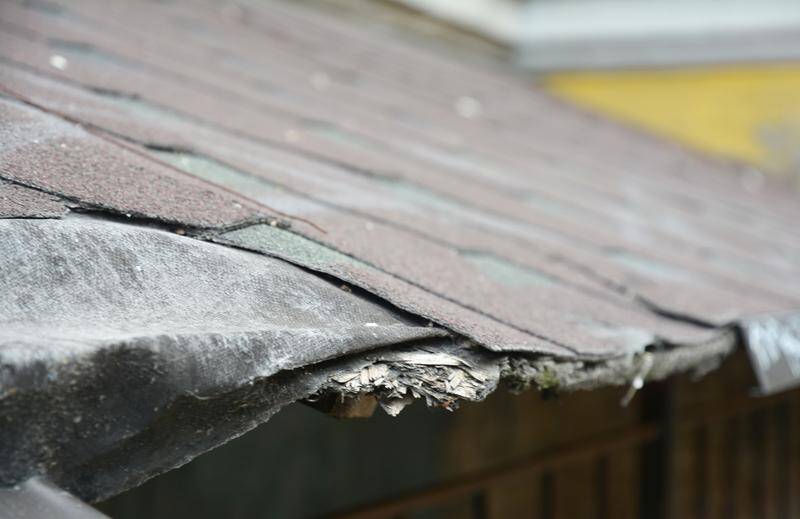Performing regular home inspections is one of the best ways you can save money on home repair. Sometimes it may seem that you have to leave everything to the experts and that there is no way of knowing whether something actually needs to be fixed, but that’s not always the case. There are some steps you can take to know when your house may need some extra attention. Below are some inspections that you can perform yourself.
Plumbing
Water damage is a serious threat to your home. It can leave it vulnerable to pests, destroy the structural integrity, or lead to mold. Checking your plumbing on a regular basis can help you avoid significant water damage.
One of the best indications that something is wrong with your plumbing is by looking for water damage. If there is a spot on the walls or floors that are wet, there is something wrong with your plumbing. Keep an eye out (and ear out) for leaks below sinks, your faucets when the water is turned off, or elsewhere in your house. There are many parts of your plumbing that you can check yourself.
Electrical
It may seem intimidating to inspect electrical wiring in your house, but there are some simple things that you can do to make sure it is working. If you discover that something is not working and you’re not sure how to fix it or it’s potentially dangerous, reach out to a professional to help you solve the problem.
Making sure that the electrical workings in your house are functioning correctly is as simple as going around and checking the light switches and electrical outlets. Remember to also check smoke and carbon monoxide detectors. If you find water near your electric systems, naked cords, missing switches, or other abnormalities in your electrical wiring, steer clear and call an expert.
Foundation
The foundation of your house requires regular inspection, because the foundation of your home is essential to the structural integrity of your home. It keeps moisture away, holds the weight of your home, and can be an anchor in case of natural disasters such as earthquakes. If your foundation cracks or has other problems, it can only get worse and more expensive to repair over time.
To inspect your home’s foundation, circle around the outside of your home, and check for cracks or bulges in the walls. Do the same with the inside perimeter. If there are irregularities in the walls or ceilings, this could be from a problem in your foundation. If you have doors or windows that are difficult to open or close, that could also indicate a problem with the foundation. If you find any of these problems in your home, reach out to a company who can come do a closer inspection and repair your foundation.
Roof
Your roof helps keep out the elements and keep the rest of your home safe, and so it must be on the list of regular inspections to do to keep your home in the best shape possible. Of course, as you do an inspection of your roof, stay safe. You can do much of your inspection from the ground by using binoculars or just searching carefully for irregularities.
When performing an inspection, you should check for signs you need a new shingle roof. Some of these signs include significant shingle curling, damaged, missing, or old shingles, and other significant irregularities. Other good things to check on the roof are the shingles around the chimney and that the gutters are clear. Make sure to check inside of your attic for any problems as well.
Walls
Your walls give your home personality. You can decorate them, mount shelving, and paint them. That also means that you can unintentionally hide damage to the walls. Perform regular inspections of your walls by checking corners, where the wall meets the floors and ceilings, and behind shelving and décor.
Doing inspections of your walls can also help you find other types of problems. If your walls are bulging or cracking, that may indicate a problem with your foundation. If you find discoloration or splotches, that can indicate pests, mold, or other water damage. If a shelf or other furniture is pulling away from the wall, it could be mounted incorrectly. If you do find water damage, take care of it right away, as water damage can escalate quickly if you don’t address it promptly.
Flooring
Much like your walls, if there are problems in your floors, that may indicate other serious problems in your house. Check the edge of your floors where they meet the baseboards and for any irregularities throughout the floor. This could be an excellent excuse to deep clean your floors.
Carpets can have a nasty habit of retaining moisture and molding, so keep your nose alert to anything that smells off. If you have wood flooring and there is a water issue, the wood will swell and become uneven. Tile, when broken, can be a safety hazard. If there is an issue in the floor, clearly mark the problem and deal with it as quickly as possible.
Doors and Windows
Yes, problems in your doors and windows, much like with your floors and walls, indicate that there could be a bigger problem. But if your doors and windows aren’t in peak condition, they can cause many problems themselves by allowing unwelcome guests into your home. These guests can be things like pests, freezing or hot air, water, or people who want your stuff.
Besides checking for the fit of your doors and windows and if they open and close easily, check the locking mechanism on your doors and windows to make sure they are secure and replace them if necessary. Many doors and windows leading outside will have a special way to seal against the wall. Check this sealant to make sure it is in good shape, and check to see if you can feel air going in or out around where your doors and windows open.
HVAC System
If you make sure that your windows and doors are sealed properly, making your house warmer or cool will automatically be cheaper, but that doesn’t mean you shouldn’t be regularly checking your heater and air conditioning units. By inspecting the air conditioning system before it gets warm and checking your heating system before it gets cold, you can make sure that you will be comfortable in your home. An HVAC inspection includes checking the thermostat settings, the vents, and filters to make sure they are working properly.
These regular inspections are simple things you can do to make your house feel more like home. The best part is that you don’t have to stress about overwhelming, costly repairs. You can rest knowing that everything is in the best shape possible and will keep you cozy and safe.
Read this next: How to Approach a DIY Home Project







